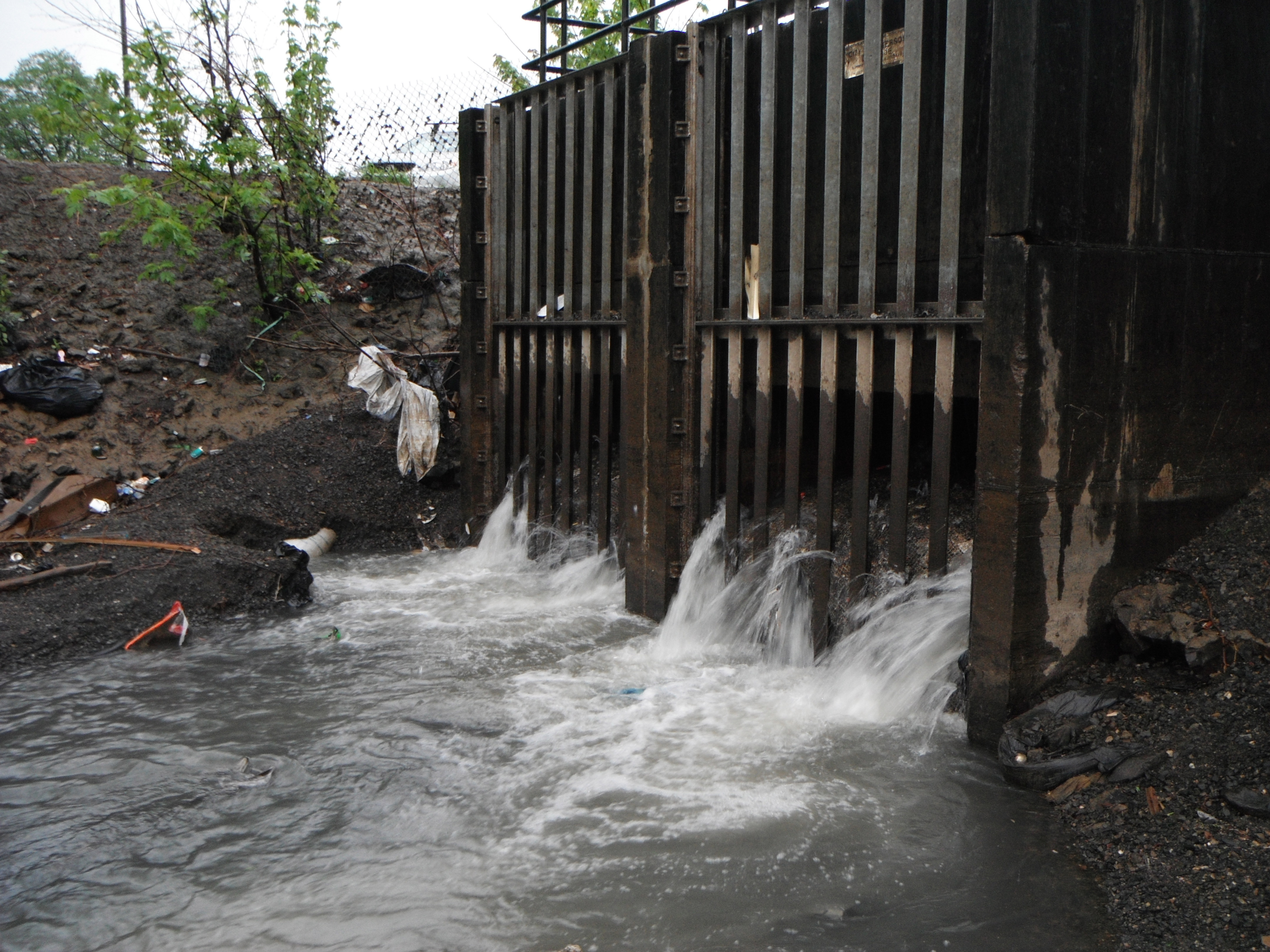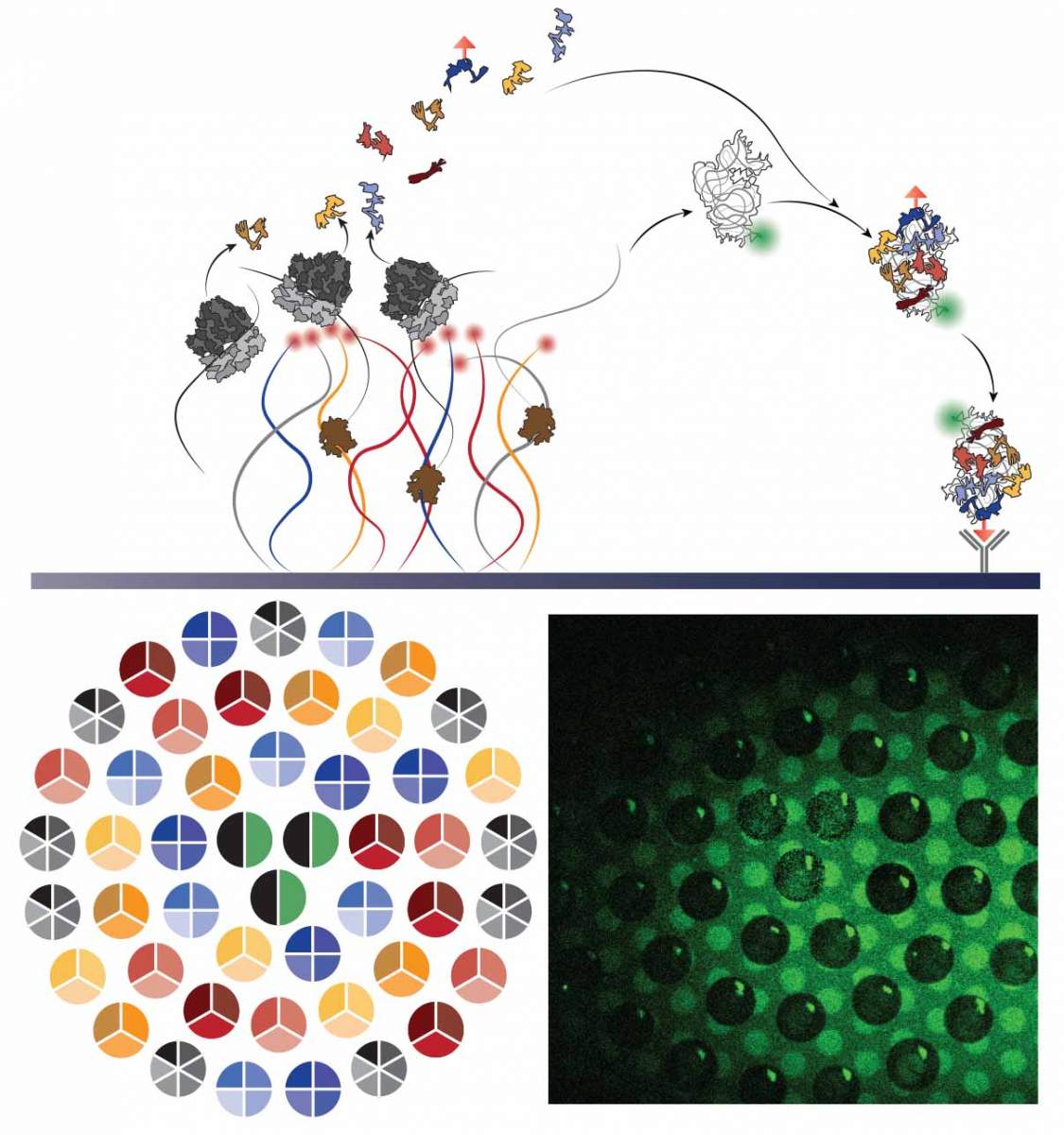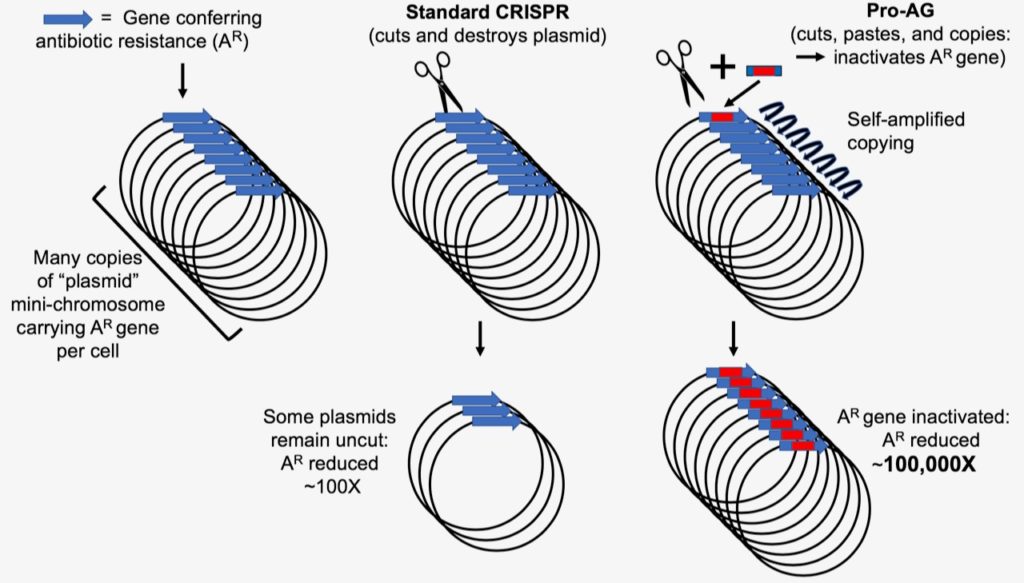It’s ‘lights out’ for antibiotic-resistant superbugs as next-generation light-activated nanotech proves it can eradicate some of the most notorious and potentially deadly bacteria in the world.
Tag: Antibiotic-resistant bacteria
Feeding dogs raw meat associated with increased presence of antibiotic-resistant bacteria
New research, led by a team a the University of Bristol, has revealed an association between the feeding of raw meat to pet dogs and the presence of bacteria resistant to critically important antibiotics.

Harmful Microbes Found on Sewer Pipe Walls
Can antibiotic-resistant bacteria escape from sewers into waterways and cause a disease outbreak? A new Rutgers study, published in the journal Environmental Science: Water Research & Technology, examined the microbe-laden “biofilms” that cling to sewer walls, and even built a simulated sewer to study the germs that survive within.

Self-Assembling Ribosome Could Lead to Novel Vaccines
The Weizmann Institute’s Prof. Roy Bar-Ziv has demonstrated the self-synthesis and self-assembly of a ribosomal subunit on the surface of a chip. The breakthrough could lead to novel types of vaccines, including for antibiotic-resistant bacteria, or to assembly lines to produce complex molecules for a range of industries.

Color-changing bandages sense and treat bacterial infections
Researchers reporting in ACS Central Science have developed color-changing bandages that can sense drug-resistant and drug-sensitive bacteria in wounds and treat them accordingly.

Why It Matters: Prescription for Disaster
Bacteria are becoming increasingly resistant to antibiotics. A major cause is their overuse in both humans and animals. At the same time, a lack of financial incentives is setting back efforts to discover new classes of antibiotics. The problem is both global and local, and without new initiatives, many common medical conditions could become deadly once again.

New CRISPR-based System Targets Amplified Antibiotic-resistant Genes
Researchers have developed a new CRISPR-based gene-drive system that more efficiently inactivates a gene rendering bacteria antibiotic-resistant. The new system leverages technology developed by UC San Diego biologists in insects and mammals that biases genetic inheritance of preferred traits called “active genetics.”